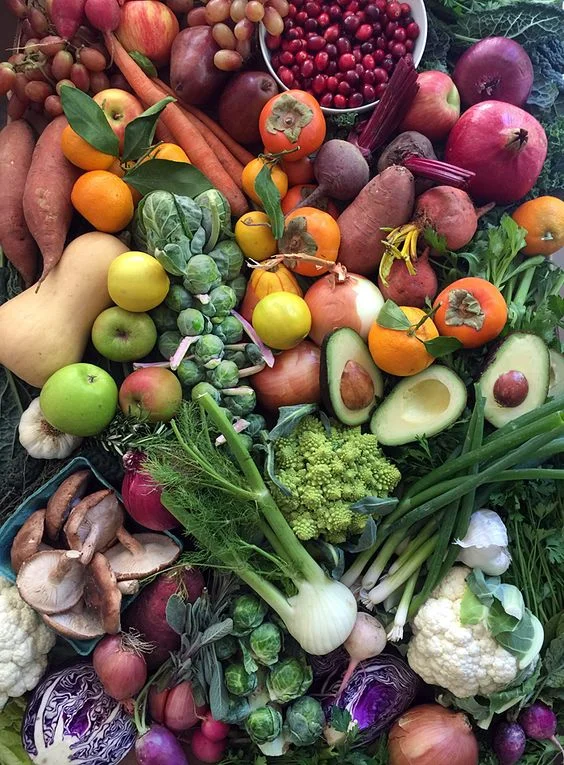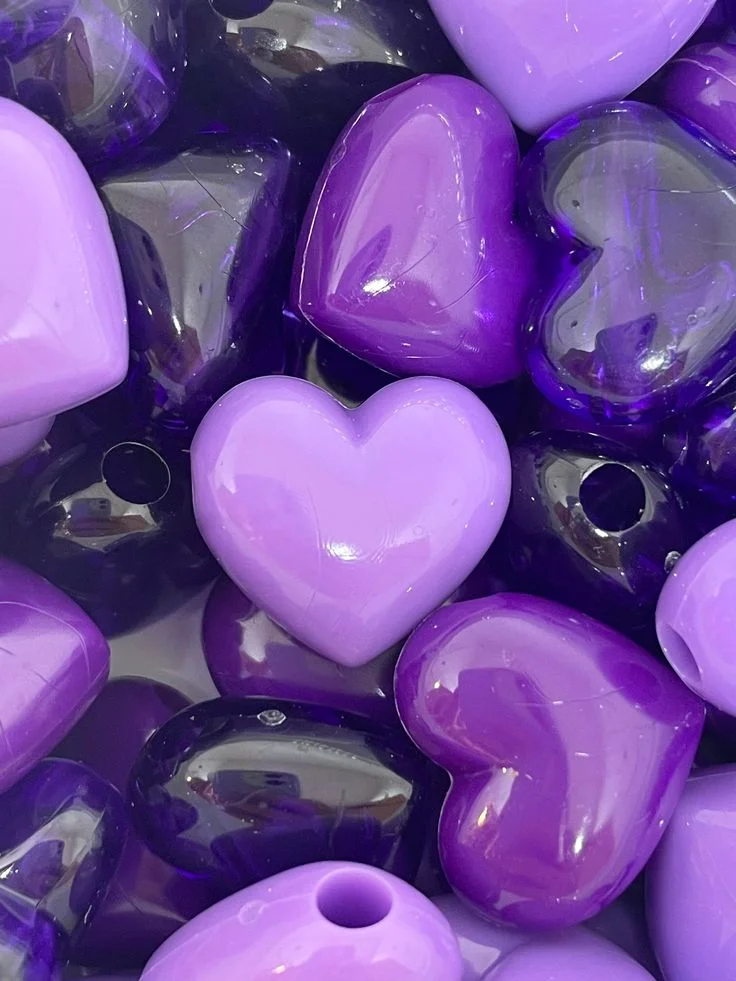
What you can find in this article:
Introduction
Did you know that men in America did not wear wedding rings before the 1940s? They started wearing rings later, during the World War II, to remember their wives, when they get deployed. Due to these significant and big changes globally, 1940s have been remembered for so many reasons. Among those, design and craftsmanship in engagement rings from the 1940s come out rather significant. These vintage engagement rings epitomize the resilience, ingenuity, and changing tastes of their time. These pieces are more than just jewelry; they are artifacts that really capture the essence of an era. Adding to our collection of “Wedding Blogs”, let’s talk about engagement rings that you can buy for yourself or someone you love.
Global Events: Their Impact on Jewelry Design
The early 1940s were dominated by World War II. It had an impact on every walk of life and didn’t even spare the designs and productions of jewelry. The war effort called for diversion of many materials, metals like platinum among them. Which were now designated for military use and were very popular among engagement rings during the preceding decades. Thus, the need to adapt was quite natural in these circumstances, giving way to new designs that are made with materials other than platinum: yellow gold, rose gold, and white gold. These metals dominated a lot of wedding bands and engagement rings, often combined to sport the two-tone effect that was so characteristic of that particular era.
The need for resourcefulness during the war years also impacted the design of diamonds. Previously, an old European cut diamond had been popular for its romantic, soft sparkle, but during this time period, the brilliant cut diamond started to become popular. The brilliant cut, with its multiple facets and modern feel, was representative of joy and optimism toward a better future, so it was very popular for use in engagement rings in the latter half of the decade.
The Evolution of Engagement Ring Styles in the 1940s
Throughout the course of the decade, so did the styles of engagement rings. In the early 1940s, the styles still included the influence of the Art Deco era, which dominated the 1920s and 1930s. Basically, engagement rings in the Art Deco style are known for bold geometric patterns, minute details, and usage of a great deal of colored gemstones. By the 1940s, designs were already changed to accommodate the feeling of the times. The geometric patterns were still there but subtle, while symmetry and balance take the center stage. That transition from exuberant designs in the 1920s to the more reserved style of the 1940s said so much about the general feeling of the decade—a mix of hope and pragmatism.
One of the major changes in the design of an engagement ring during the 1940s was the trend towards solitaire diamond rings. They gained wide acceptance as a single diamond was incomparably outstanding as the center stone in a very simple yet elegant design. The solitaire diamond ring came to be regarded as a symbol of purity and commitment; hence, it is a perfect choice for couples in this era. The round brilliant cut diamond, in the 1940s, only added to the class of these rings. With its 58 facets, it delivered unmatched sparkle, hence being a favorite for those seeking a masterpiece that did justice to both poise and elegance.
The Resurgence of Vintage and Antique Engagement Rings
Interest in vintage or antique engagement rings has certainly increased over the years, with much of the interest aimed at rings from the 1940s. There are a number of reasons that can be attributed to this resurgence of interest. First, vintage engagement rings have flair and character one can’t find in many modern-day rings. The rings, in terms of crafting, attention to detail, and fine material, have remained as exquisitely beautiful today as they were many years ago at the time of their making.
Secondly, most 1940s engagement rings come with a rich history that makes it more than being an engagement ring. The ability to connect to the past—carrying forward stories of those who came before—is what many mean when they don a vintage ring from this era. Such a ring, called a “grandmother’s ring,” signifies and represents eternal love and commitment.
Their rarity and the possibility of owning a piece of history are major attractions of 1940s engagement rings to collectors and enthusiasts alike. Each of these pieces, whether it is an original vintage engagement ring proudly flaunting its brilliant-cut diamond or a deco engagement ring with very intricate details, is so highly treasured by any person who values beauty and a history behind it.
The Variety of 1940s Engagement Rings
One of the most appealing factors of 1940s engagement rings is the huge range of designs and styles that exist. This was an era of change; thus, it forms a combination of all the influences that created a widely diverse amount of rings designed to suit tastes and preferences.
Thus, independent diamond rings of the 1940s become very suitable for those who love the beauty of simplicity. In most cases, they have a single round brilliant cut diamond as the center stone, set in a platinum or white gold band. It is this simple design that shall put the beauty of a diamond in the limelight, making it timeless and classic.
On the other hand, if you want your engagement ring to be a little more detailed, then the use of accent diamonds or, at times, single-cut diamonds was a common attribute of 1940s engagement rings that added additional brilliance and depth to the design. Most importantly, as mentioned earlier, these rings were mostly inspired by the Art Deco and Edwardian eras, where patterns and settings were intricately designed to manifest the creativity and craftsmanship of that era.
Even for those who prefer a bolder, more colorful style typical of the retro era, 1940s engagement rings include options that have either colorful gemstones within their center stone or their accent stones. They would surely make someone go “wow” over them. Colorful gemstones mix very well with the defined design characteristics of this decade to really set a ring apart.
Carat Weight and Diamond Cuts in 1940s Rings
When looking to buy any vintage engagement ring from the 1940s, carat weight and the cut of the diamond need to be taken into consideration. Both these factors determine, to a large degree, a ring’s overall appearance and its value.
The carat weight of the diamond refers to the size of the diamond. During the 1940s, diamonds of all different carat weights were used in engagement rings. While larger diamonds were often used as the center stone in solitaire rings, smaller diamonds were often used as accent stones in other designs. In this respect, the carat weight of the diamond will impact how much bling comes out of the ring, as well as its price, so you want to select one that will stay within your budget while offering a nice return in terms of sparkle.
Another critical consideration is the cut of the diamond. As mentioned earlier, in the 1940s, the brilliant cut diamond became all the rage and offers the holder that modern, highly visible look. For a bit more classic look to your ring, however, the old European cut diamond is outstanding. This has a rather romantic feel to it and will give an engagement ring with a bit more character a somewhat vintage, period look due to its larger facets and softer sparkle.
Shopping for 1940s Engagement Rings in New York
New York City has always been the center for fine jewelry, and it comes as no surprise that it is one of the best places to shop for 1940s engagement rings. Specifically, on W. 45th St., you will find a whole bunch of jewelers who focus on vintage or antique jewelry and offer a wide array of 1940s rings.
Take time when buying any vintage ring in New York. Most of the jewelers offer free shipping so that you can shop from the comfort of your home. Some even have free gifts with any particular purchase, which definitely adds a special feel to your shopping experience.
You should come by the store on select Saturdays and Sundays in the calendar, when they have just received the latest tracts of retro rings and antique jewelry from 1940. In that way, you will have a chance to get a ring that suits your taste and style.
Whether it’s a brilliant-cut diamond, a solitaire ring with some kind of distinctive center stone, or one that has colorful gemstone accents, New York has it all. Its rich history and fine jewelry reputation are what make this city ideal for anyone seeking quality, original vintage engagement rings.
The Timeless Legend of 1940s Engagement Rings
The legacy of an engagement ring from the 1940s lives on in today’s modern ages due to their ageless design and historical value that is truly adored. These rings combine the feeling of being vintage with what is modern to fit any person keen on tradition yet stylishly contemporary.
From the sleek lines of a solitaire diamond ring to detailed deco engagement rings or bold retro rings, fashioned to flaunt a statement with colorful gemstones, 1940s engagement rings can be said to mirror your fashion sense and personal style to the last detail.
The charm of vintage and antique engagement rings never fades out in a world where trends are fleeting. These rings are not mere ornaments but stand symbolic of eternal love, commitment, and timeless beauty that goes on generation after generation. Wearing a 1940s engagement ring is more than making a statement about your style—it’s embracing history that continues to shine throughout the years.
Whether it’s a brilliant-cut diamond, a solitaire ring with some kind of distinctive center stone, or one that has colorful gemstone accents, New York has it all. Its rich history and fine jewelry reputation are what make this city ideal for anyone seeking quality, original vintage engagement rings.
Author: Shivangi
Edit: Kinga


